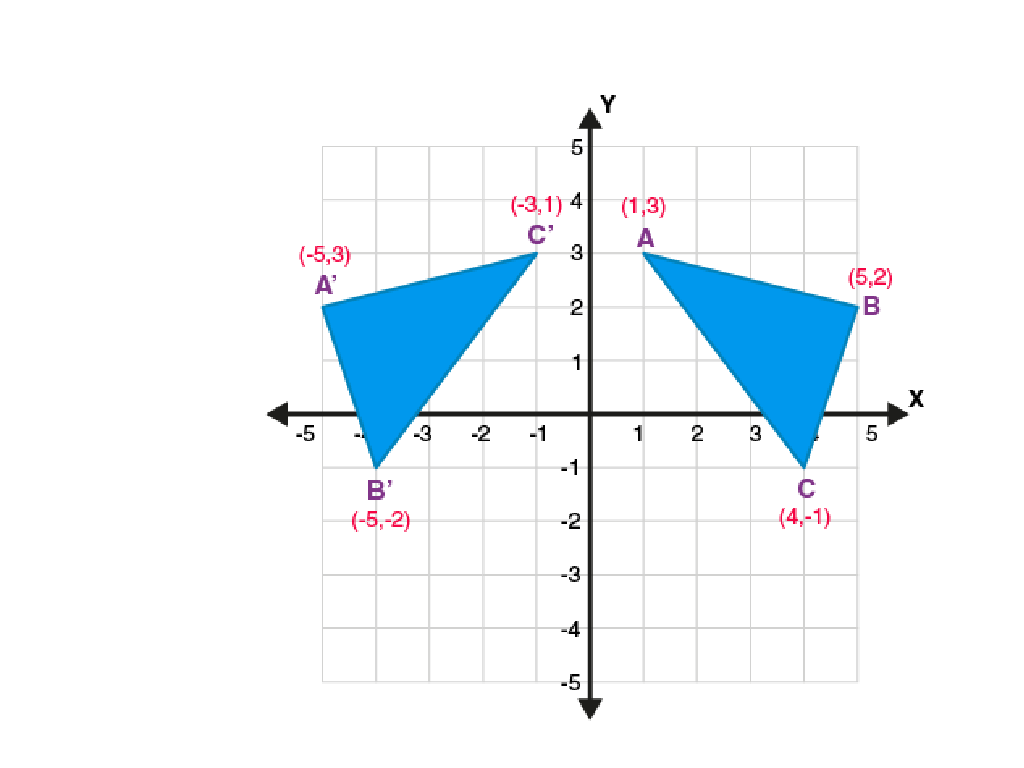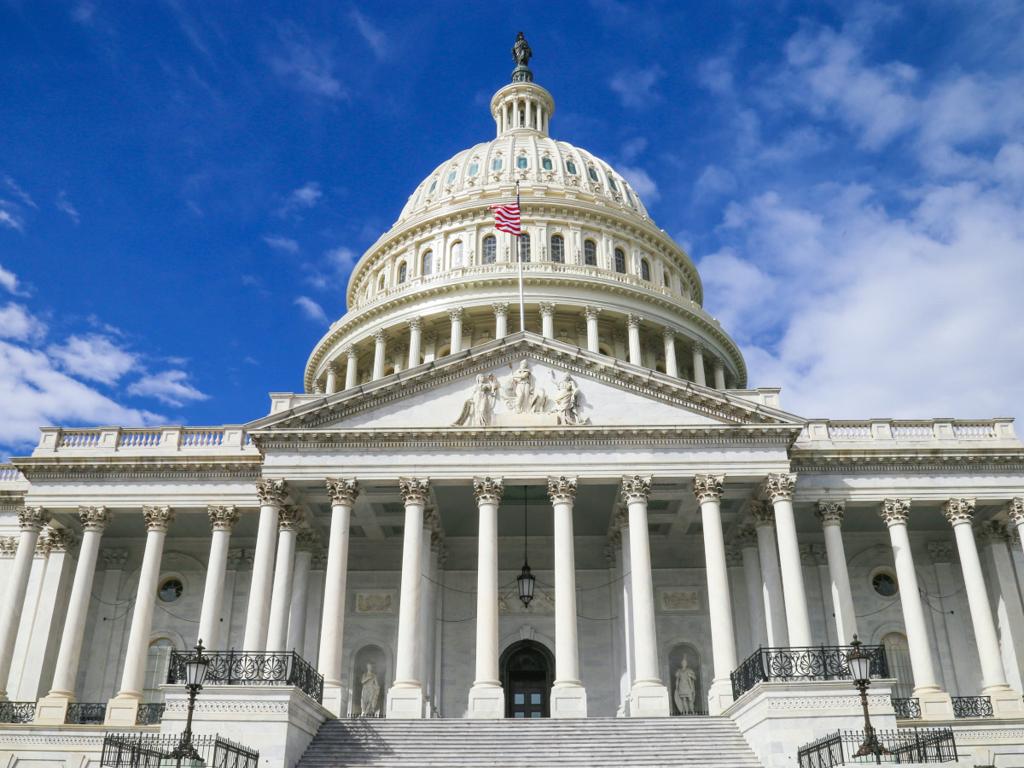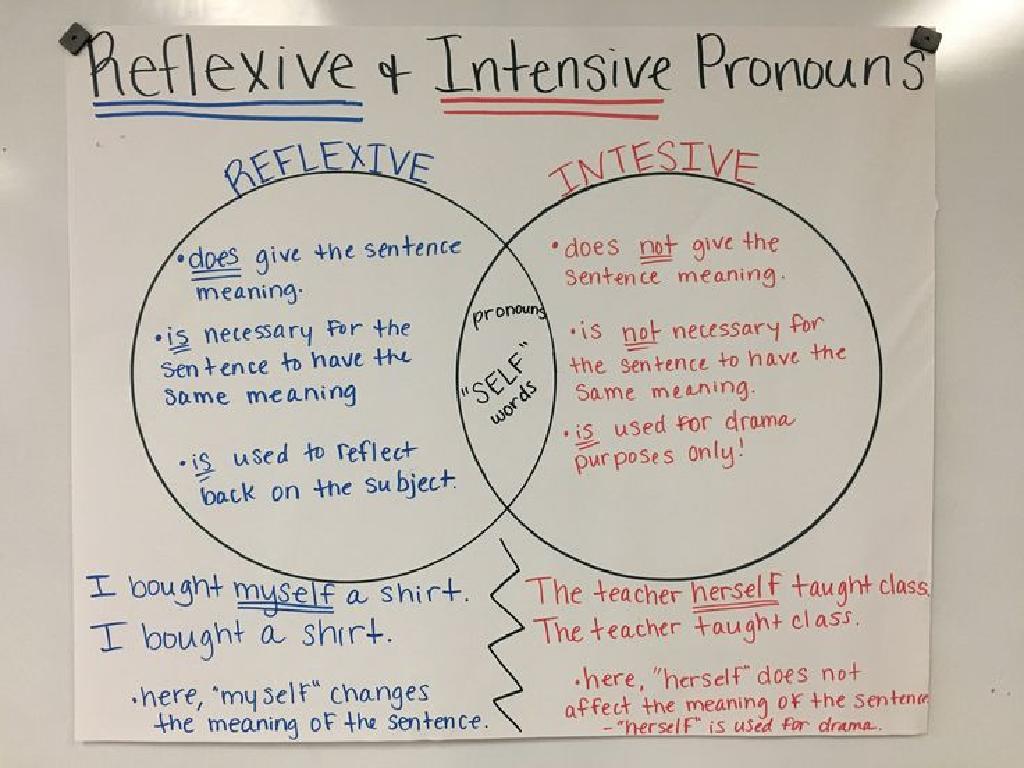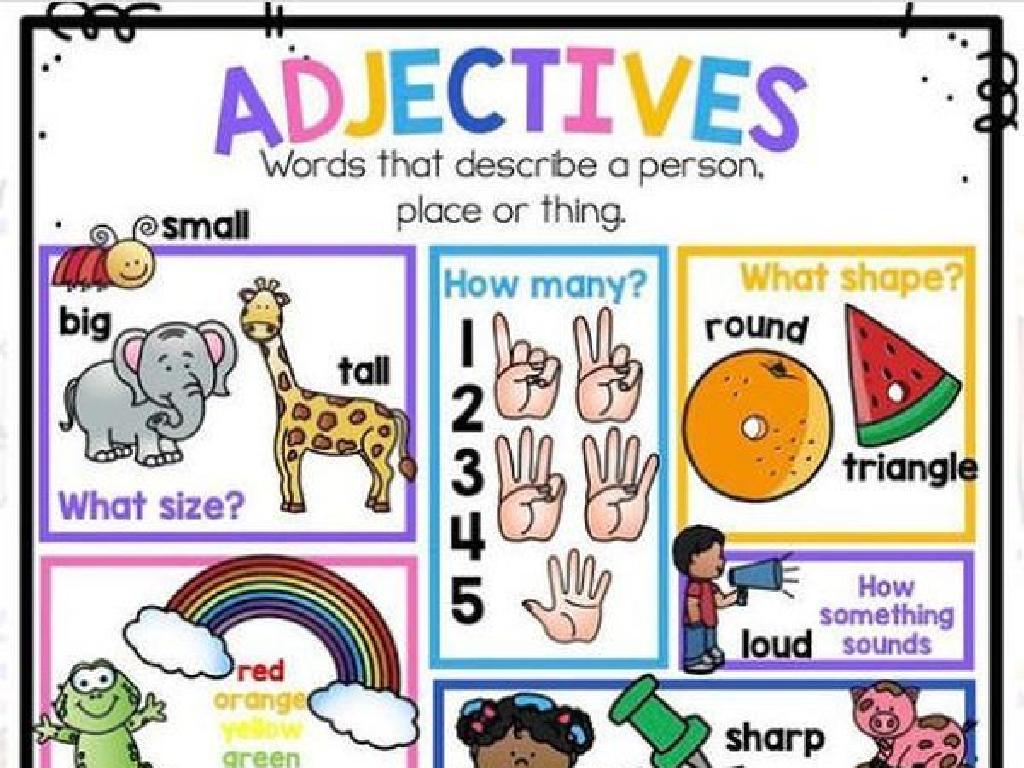Name Countries Of Europe: Region 4
Subject: Social studies
Grade: Eighth grade
Topic: Europe: Geography
Please LOG IN to download the presentation. Access is available to registered users only.
View More Content
Exploring Europe: Region 4
– Europe’s diverse geography
– What are ‘regions’?
– ‘Regions’ divide large areas into manageable parts
– Focus on Region 4
– Region 4 includes countries like Hungary, Poland, Czech Republic
– Key countries in Region 4
– Explore Hungary’s plains, Poland’s mountains, Czech Republic’s history
|
This slide introduces students to the geographical diversity of Europe and the concept of regions, which helps in studying Europe’s complex landscape more systematically. Region 4, which includes countries such as Hungary, Poland, and the Czech Republic, will be the main focus. Discuss the unique geographical features and historical significance of each key country in Region 4. Encourage students to think about how the geography of these countries might influence their culture, economy, and daily life. Provide a map for visual reference and suggest that students research more about these countries’ climates, major cities, and landmarks as a part of their homework.
Exploring Europe: Focus on Region 4
– What defines Region 4?
– Locate Region 4 on a map
– Use a map to find Region 4’s boundaries and neighboring areas
– Overview of Region 4 countries
– List countries in Region 4, such as Hungary, Poland, Czech Republic
– Significance of Region 4 in Europe
– Discuss cultural, economic, and political importance
|
This slide introduces students to Region 4 of Europe, which is not an official designation but rather a term we will use to discuss a specific area in our class. Start by explaining what we mean by ‘Region 4’ and its geographical scope. Show students how to identify this region on a map, emphasizing its location relative to the rest of Europe. Provide an overview of the countries that make up Region 4, highlighting a few key nations and their capitals. Discuss why this region is significant to Europe as a whole, touching on aspects such as cultural heritage, economic contributions, and political influence. Encourage students to think about how this region compares to others in Europe and why understanding its dynamics is important for a comprehensive study of European geography.
Exploring Europe: Region 4 Countries
– List Region 4 countries
– Include nations like Hungary, Poland, Czech Republic
– Capitals and languages
– Budapest: Hungarian, Warsaw: Polish, Prague: Czech
– Unique geographical traits
– Hungary: Pannonian Basin, Poland: Carpathian Mountains, Czech Republic: Bohemian Massif
– Cultural significance
|
This slide aims to familiarize students with the countries of Region 4 in Europe, focusing on Hungary, Poland, and the Czech Republic. Students should be able to identify each country on a map, know their capital cities, and the primary language spoken in each. Highlight the unique geographical features such as Hungary’s Pannonian Basin, Poland’s Carpathian Mountains, and the Czech Republic’s Bohemian Massif. Discuss the cultural significance of these features and how they’ve shaped the history and economy of each country. Encourage students to explore more about these countries’ cultures, cuisines, and traditions as a part of their learning.
Cultural Significance of Europe’s Region 4
– Explore cultural diversity
– Region 4’s unique blend of languages, traditions, and peoples.
– Discover landmarks and history
– Visit the Colosseum in Italy, the Acropolis in Greece, and more.
– Recognize cultural contributions
– From democracy to philosophy, Region 4’s lasting global influence.
– Impact on Europe and the world
|
This slide aims to highlight the rich cultural significance of Europe’s Region 4, which includes countries like Italy, Greece, and others known for their historical impact. Emphasize the unique cultural diversity found in this region, with a variety of languages, traditions, and ethnic groups coexisting. Discuss famous landmarks such as Italy’s Colosseum and Greece’s Acropolis, which are not only tourist attractions but also symbols of historical and architectural achievement. Highlight the cultural contributions of Region 4, including the birth of democracy, significant philosophical thought, and artistic movements that have shaped European and global culture. Encourage students to think about how these contributions continue to influence the world today. This discussion can lead to a deeper appreciation of the region’s role in history and its ongoing impact on contemporary society.
Economic Overview of Europe: Region 4
– Major industries in Region 4
– Agriculture, manufacturing, and tourism are key sectors.
– Trade within Europe
– Region 4 engages in trade with other European countries, exchanging goods and services.
– Region 4’s economic relations
– Region 4 maintains strong economic ties with EU members for mutual benefit.
– Region 4’s role in Europe
– It contributes significantly to the European market with its unique products and services.
|
This slide provides an overview of the economic landscape in Europe’s Region 4, highlighting the major industries such as agriculture, manufacturing, and tourism that drive the region’s economy. Discuss the importance of trade and how Region 4 interacts with other European countries to exchange goods and services, fostering economic relations. Emphasize Region 4’s role in the broader European economy, including its contributions to the market and participation in the European Union’s economic activities. Encourage students to think about how these economic factors influence daily life in Region 4 and the rest of Europe.
Environmental Aspects of Europe: Region 4
– Region 4’s geographical diversity
– Varied landscapes, rich in natural resources like forests, rivers, and minerals.
– Environmental challenges in Region 4
– Issues like pollution, deforestation, and climate change impacting the region.
– Conservation efforts underway
– Initiatives to protect natural habitats and endangered species.
– Embracing sustainable practices
– Adoption of renewable energy, waste reduction, and eco-friendly policies.
|
This slide aims to explore the environmental aspects of Europe’s Region 4, highlighting its geographical diversity and the abundance of natural resources. Students should understand the environmental challenges that this region faces, including pollution and the effects of climate change. Discuss the conservation efforts being made to protect the environment, such as national parks and wildlife reserves. Emphasize the importance of sustainable practices, including the use of renewable energy sources and policies aimed at reducing waste and preserving natural resources. Encourage students to think about how these efforts can be applied globally and what role they can play in conservation and sustainability.
Class Activity: Mapping Europe’s Region 4
– Engage in map labeling activity
– Identify Region 4 countries
– Find and label countries like Hungary, Czech Republic, Slovakia, and Austria on the map.
– Discuss geography’s impact on culture
– How does being landlocked shape a country’s culture?
– Explore geography’s influence on economy
– Consider how access to resources and trade routes can drive economic growth.
|
This interactive class activity involves students working with maps to locate and label countries in Europe’s Region 4. Provide each student or group with a blank map of Europe and markers. As they identify and label each country, such as Hungary, Czech Republic, Slovakia, and Austria, facilitate a discussion on how geographical features influence cultural practices and economic development. For example, being landlocked can affect a country’s cuisine, traditions, and trade opportunities. Encourage students to think critically about the relationship between geography and a region’s way of life. Possible activities include group presentations, individual research on a chosen country, or creating a cultural and economic profile for one of the Region 4 countries.
Conclusion: Exploring Europe’s Region 4
– Recap of Region 4 countries
– Review the list of countries covered in Region 4.
– Reflections on Europe’s diversity
– Discuss cultural, geographical, and political diversity.
– Anticipate learning about Region 5
– What to expect when we explore the next set of countries.
– Review key takeaways
– Summarize the main geographical features and historical facts learned.
|
This slide aims to wrap up the session on Europe’s Region 4 by summarizing the countries studied and reflecting on the diversity within Europe. Encourage students to think about the different languages, cultures, and histories they’ve learned about. This reflection will help solidify their understanding of the region’s complexity. Looking ahead, prepare the students for the next class where they will dive into Region 5, building on their existing knowledge. As a review, ask students to recall significant geographical features and historical events associated with Region 4 to ensure they have grasped the key points from the lesson.






